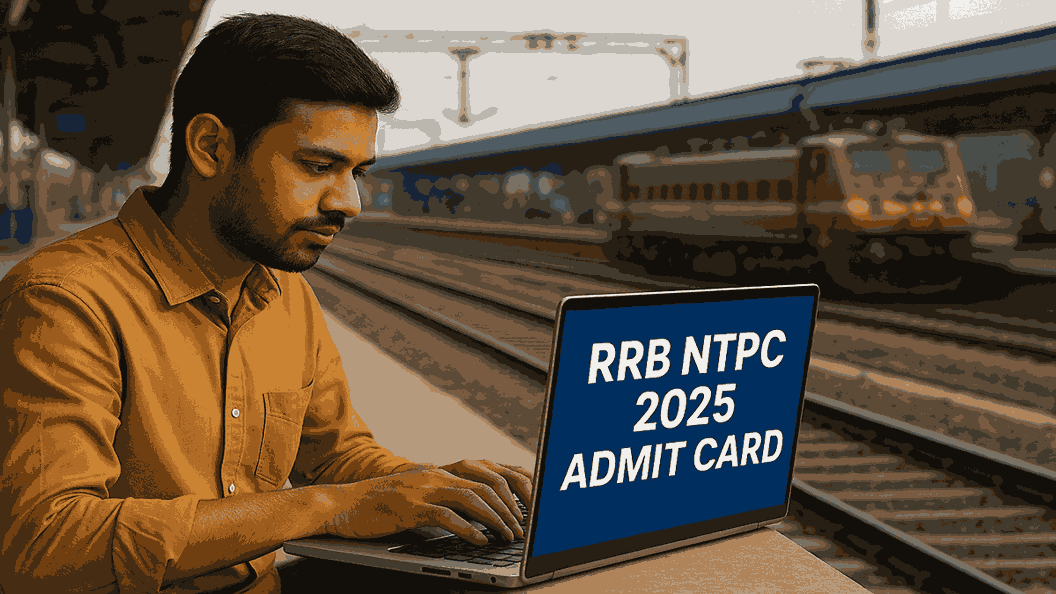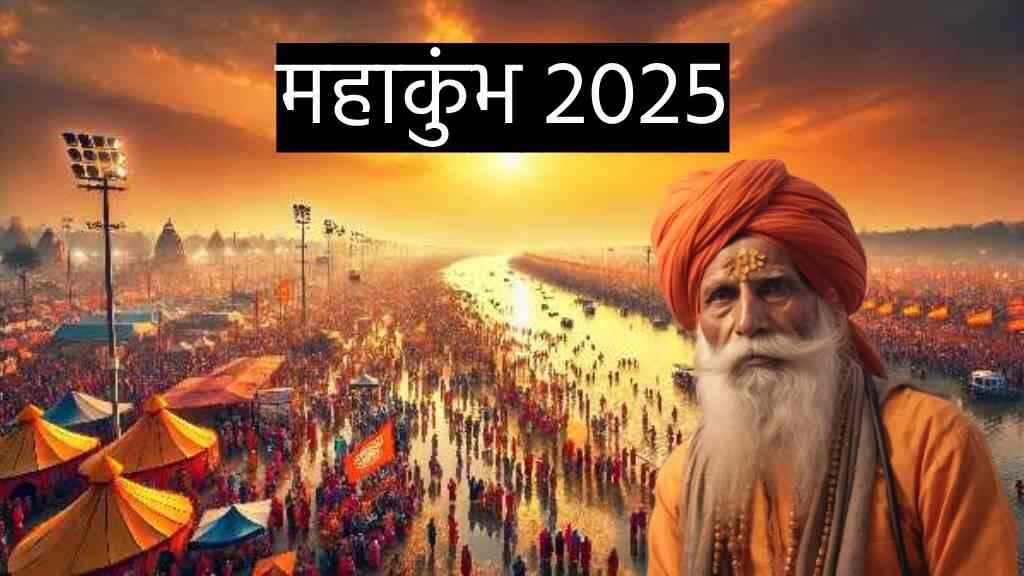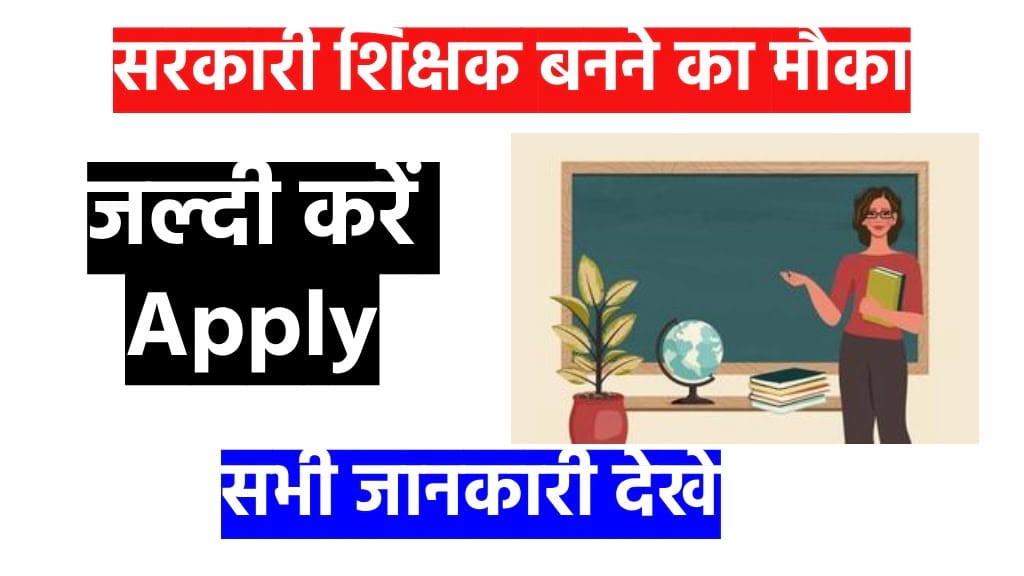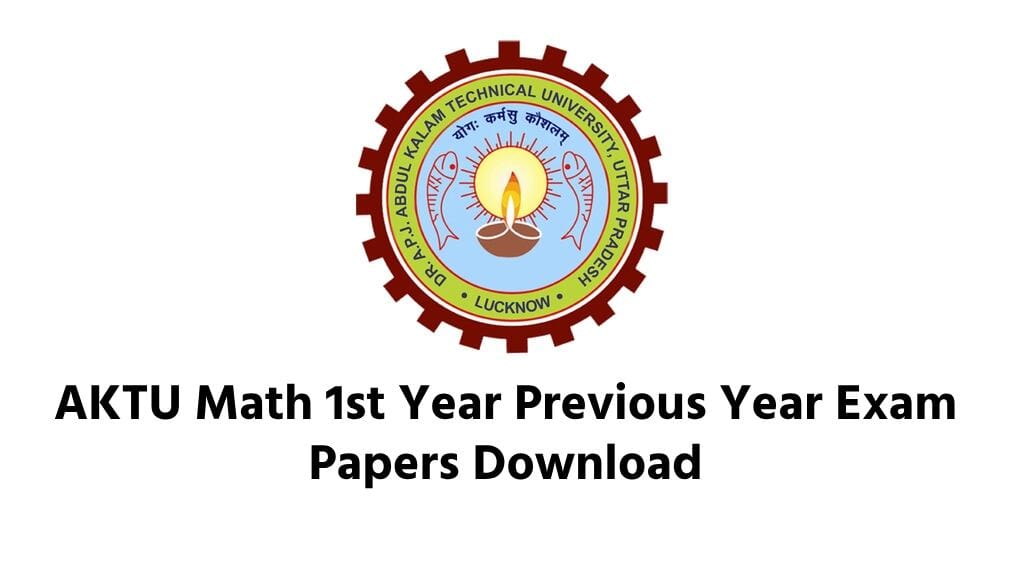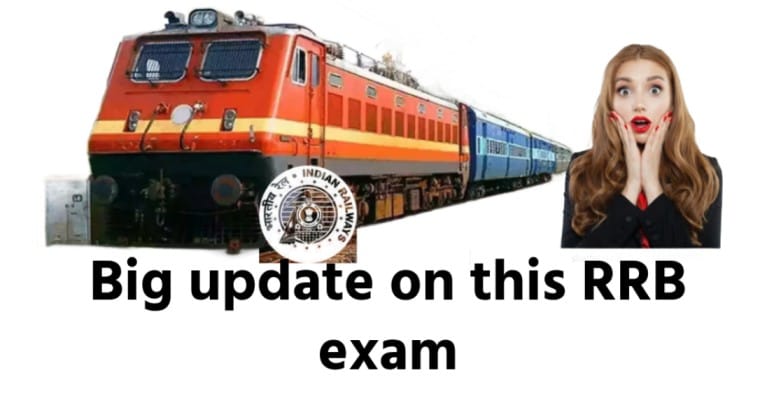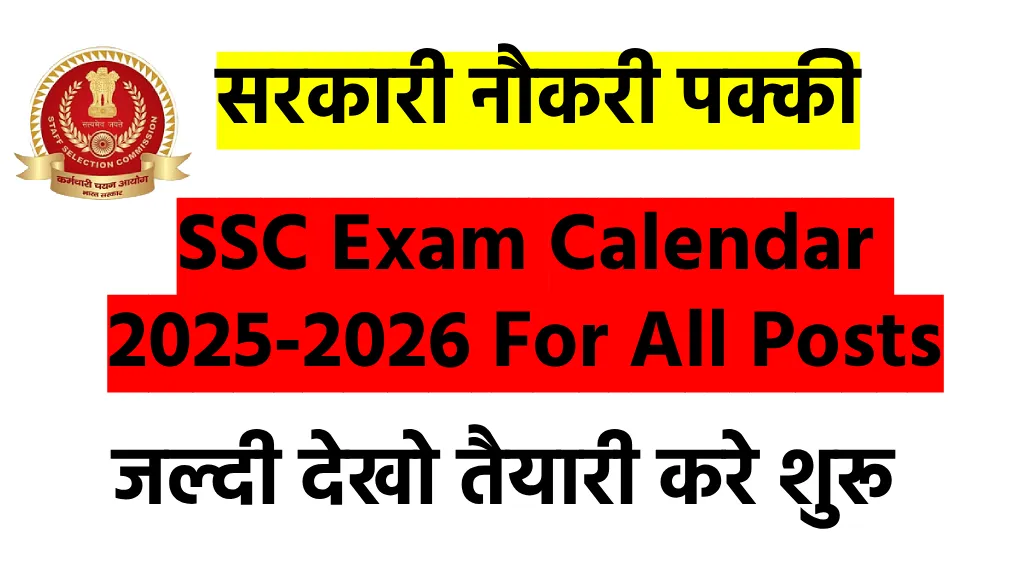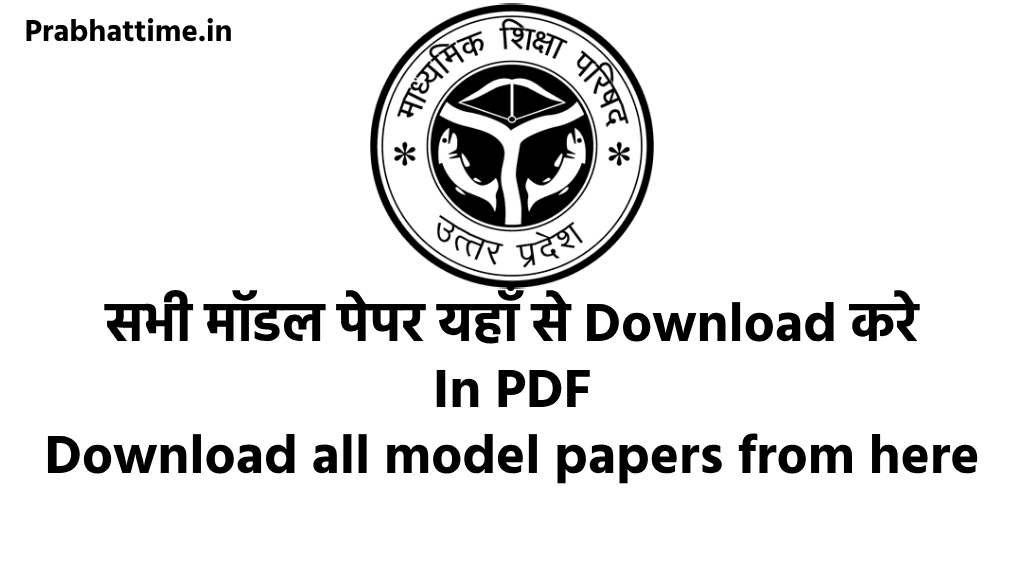RRB NTPC Graduate And 12th स्तर की परीक्षा 2025: एडमिट कार्ड, परीक्षा तिथियाँ घोषित
🏗️ पृष्ठभूमि RRB NTPC Graduate And 12th : रेलवे भर्ती बोर्ड (RRB) ने NTPC (नॉन-टेक्निकल पॉपुलर कैटेगरीज) 2025 की ग्रेजुएट और 12वीं स्तर की परीक्षाओं के लिए परीक्षा तिथियाँ और एडमिट कार्ड जारी करने की तिथियाँ घोषित कर दी हैं। इस भर्ती प्रक्रिया के माध्यम से कुल 11,558 पदों पर नियुक्तियाँ की जाएंगी, जिसमें ग्रेजुएट … Read more
